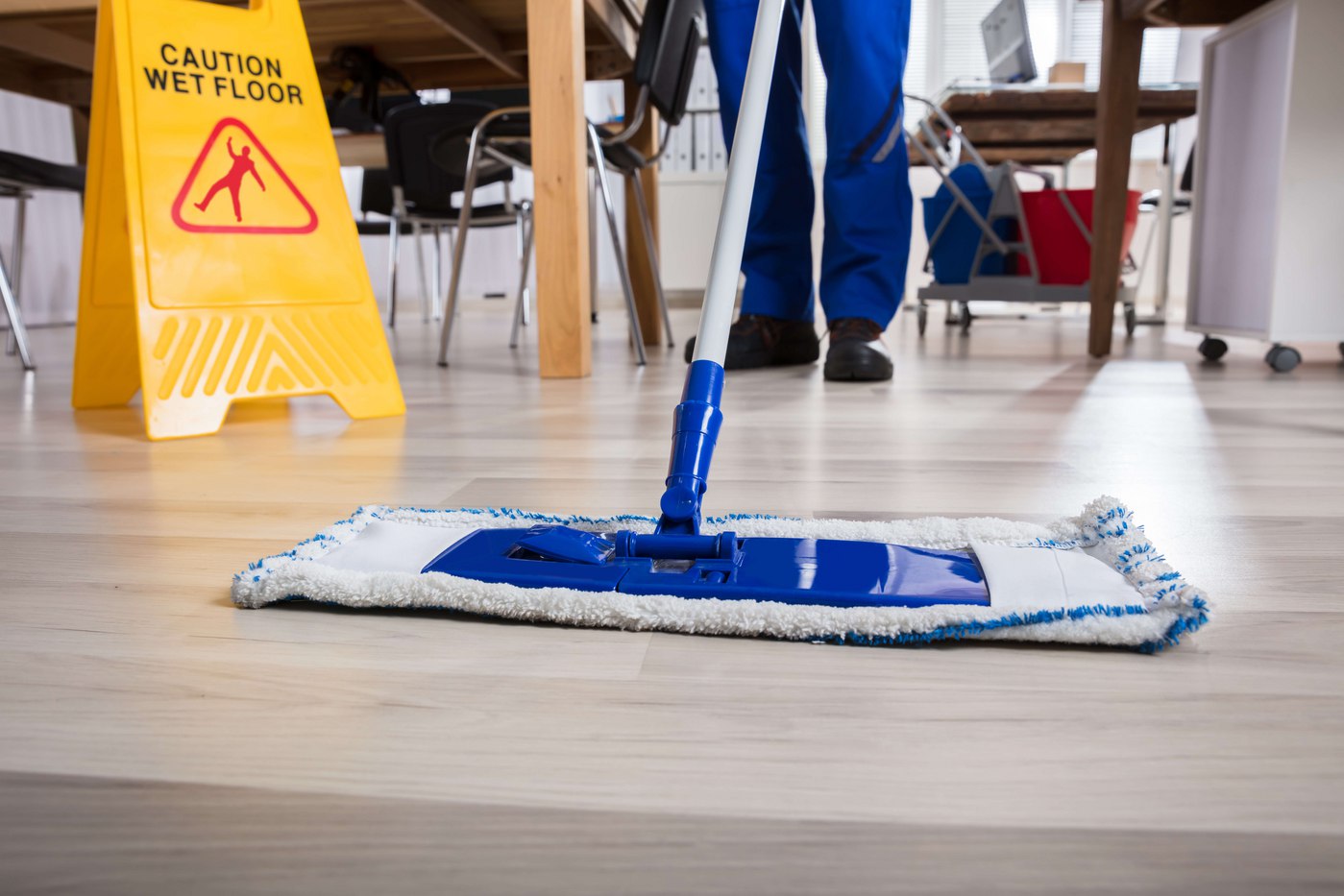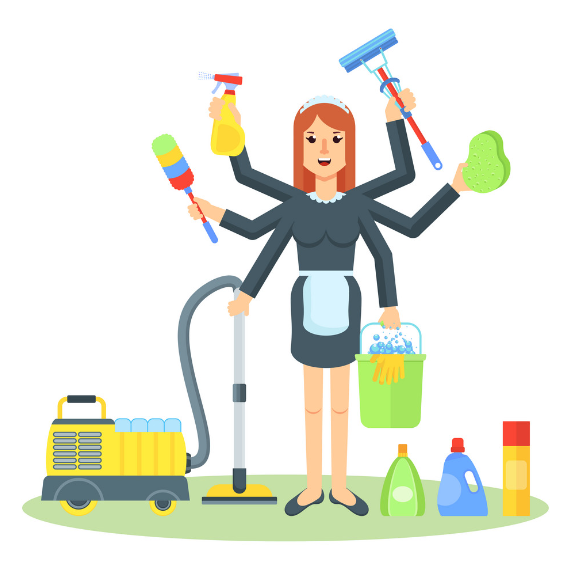Understanding the Requirement for Thoroughly Disinfecting and Disinfecting Often Touched Surface Areas in High-Traffic Areas
In the world of public health and wellness and safety, the precise disinfection and sanitization of frequently touched surfaces in high-traffic locations stand as extremely important measures in preventing the spread of hazardous pathogens. By discovering the various facets of surface area sanitation, from the dangers linked with overlooking cleaning methods to the reliable techniques that can be used, a more clear understanding arises of the important role these techniques play in securing public health and wellness.
Value of Surface Sanitation
Highlighting the thorough sanitation of high-traffic surface areas is essential in maintaining a sanitary setting and protecting against the spread of dangerous microorganisms. High-touch surface areas such as door manages, light buttons, elevator buttons, and counter tops function as reproducing premises for viruses and microorganisms. Regular sanitation of these surfaces is necessary to lower the danger of contamination and transmission of diseases.
By applying a robust sanitation method, services and establishments can develop a much safer setting for workers, site visitors, and customers. Correct surface disinfection not just mitigates the spread of transmittable diseases but also infuses confidence in the cleanliness and security of the premises. This proactive strategy demonstrates a commitment to health and health, which is specifically important in high-traffic areas where the probability of exposure to microorganisms is enhanced.
Moreover, surface disinfection plays an essential function in general infection control approaches. Incorporated with hand health techniques, wearing masks, and maintaining physical distancing, extensive sanitation of high-touch surfaces creates a thorough protection versus the transmission of harmful microorganisms. Focusing on surface area disinfection is a necessary component of an alternative approach to wellness and safety in shared rooms.
Dangers of Ignoring Cleaning Practices
Overlooking comprehensive disinfection of high-traffic surfaces considerably increases the risk of bacterial and viral contamination, presenting a severe danger to the health and wellness of individuals often visiting these rooms. Failure to carry out appropriate cleaning methods can bring about the buildup and spread of damaging virus, including viruses and microorganisms, on regularly touched surface areas such as doorknobs, handrails, elevator switches, and countertops.

Moreover, ignoring the importance of thorough cleansing not only compromises the health of individuals but additionally weakens initiatives to keep a sanitary and clean atmosphere. It is crucial to recognize the importance of appropriate sanitation methods in protecting against the spread of infections and safeguarding public health.
Efficient Disinfection Techniques
To maintain ideal sanitation and lower the danger of contamination on high-traffic surfaces, employing effective sanitation approaches is necessary. Among one of the most usual and effective disinfection techniques is making use of chemical disinfectants. These products can differ in toughness and make-up, with some targeting specific pathogens like germs or infections. It is critical to adhere to the manufacturer's directions for correct dilution, contact time, and ventilation when making use of visit homepage chemical disinfectants to guarantee their effectiveness - Everyday cleaning.
An additional reliable technique is using UV-C light. UV-C light has actually been revealed to be effective in eliminating a wide variety of microorganisms by interrupting their DNA structure, therefore stopping them from replicating. However, it is necessary to use UV-C light properly, guaranteeing that the appropriate strength and direct exposure time are related to attain the wanted disinfection results.
Furthermore, using steam cleaning as a disinfection method can be very efficient, particularly on surface areas that are heat-resistant. Steam can pass through permeable surfaces and eliminate bacteria, infections, and various other microorganisms efficiently. When using vapor cleaning, it is necessary to make sure that the surface area reaches the needed temperature for an adequate amount of time to ensure appropriate disinfection.
Effect on Public Wellness
The maintenance of high standards of sanitation and sanitation on high-traffic surfaces plays a crucial duty in securing public wellness. Often touched surfaces in areas with high tramp, such as doorknobs, hand rails, lift switches, and bathroom centers, serve as breeding grounds for dangerous virus.
In high-traffic locations like flight terminals, institutions, medical facilities, and public transport systems, the influence of rigorous sanitation actions can not be understated. Prioritizing the sanitization of often touched surface areas is a proactive method to promoting public health and enhancing the safety of people in common rooms.
Implementing Normal Cleansing Procedures
Without delay setting up and sticking to a constant routine of cleansing protocols is critical for preserving the tidiness and safety of high-traffic surface areas. Regular cleaning procedures are vital in preventing the accumulation of germs and pathogens on often touched surfaces, specifically in areas with high foot website traffic. By applying a methodical technique to cleaning, companies can efficiently reduce the risk of disease transmission and develop a much healthier setting for staff members, customers, and the general public.
To develop an efficient cleaning schedule, it is critical to identify high-traffic locations that require constant focus. These locations may include doorknobs, handrails, elevator buttons, restroom facilities, and shared tools. Carrying out a routine cleansing Get More Info regimen that targets these surface areas numerous times a day can substantially minimize the spread of damaging germs and viruses.
In addition, utilizing suitable cleaning representatives and anti-bacterials is crucial to ensuring that surfaces are completely sanitized. Routine training of cleaning personnel on correct cleansing techniques and the relevance of adherence to the cleansing routine is additionally vital in preserving a sanitary atmosphere. By focusing on constant cleansing methods, companies can promote the wellness and health of individuals that engage with these high-traffic surface areas.

Verdict
Finally, it is vital to prioritize extensive disinfection and sanitization of frequently touched surface areas in high-traffic locations to protect against the spread of damaging virus and keep public wellness. Disregarding proper cleaning practices can enhance the danger of contamination and transmission of diseases. By executing normal cleansing methods and making use of reliable sanitation approaches, we can develop a safer environment for everyone (Vacuum Carpets). It is important to recognize the significance of keeping tidy surface areas in high-traffic areas to guarantee the well-being of the area.
In the realm of public wellness and security, the meticulous sanitation and sanitization of often touched surface areas in high-traffic areas stand as paramount procedures in stopping the spread of hazardous pathogens. By exploring the numerous facets of surface area disinfection, from the threats associated with disregarding cleaning methods to the effective techniques that can be employed, a clearer understanding arises of the essential duty these practices play in protecting public health and wellness.Additionally, employing vapor cleansing as a sanitation approach can be highly efficient, especially on surfaces that are heat-resistant. When making use of steam cleaning, it is vital to ensure that the surface area gets to the required temperature for an enough quantity important site of time to guarantee proper disinfection.
In final thought, it is important to focus on thorough disinfection and sanitization of frequently touched surface areas in high-traffic locations to avoid the spread of dangerous pathogens and maintain public health and wellness.